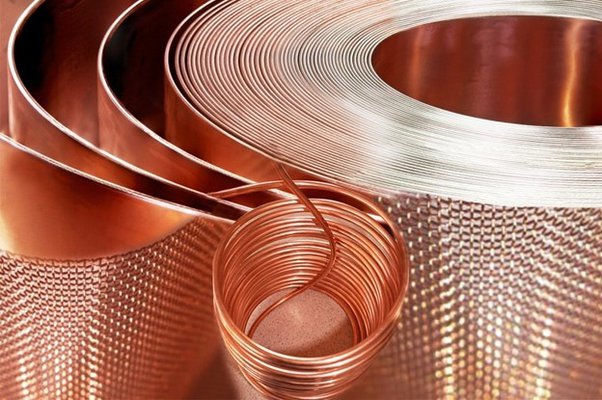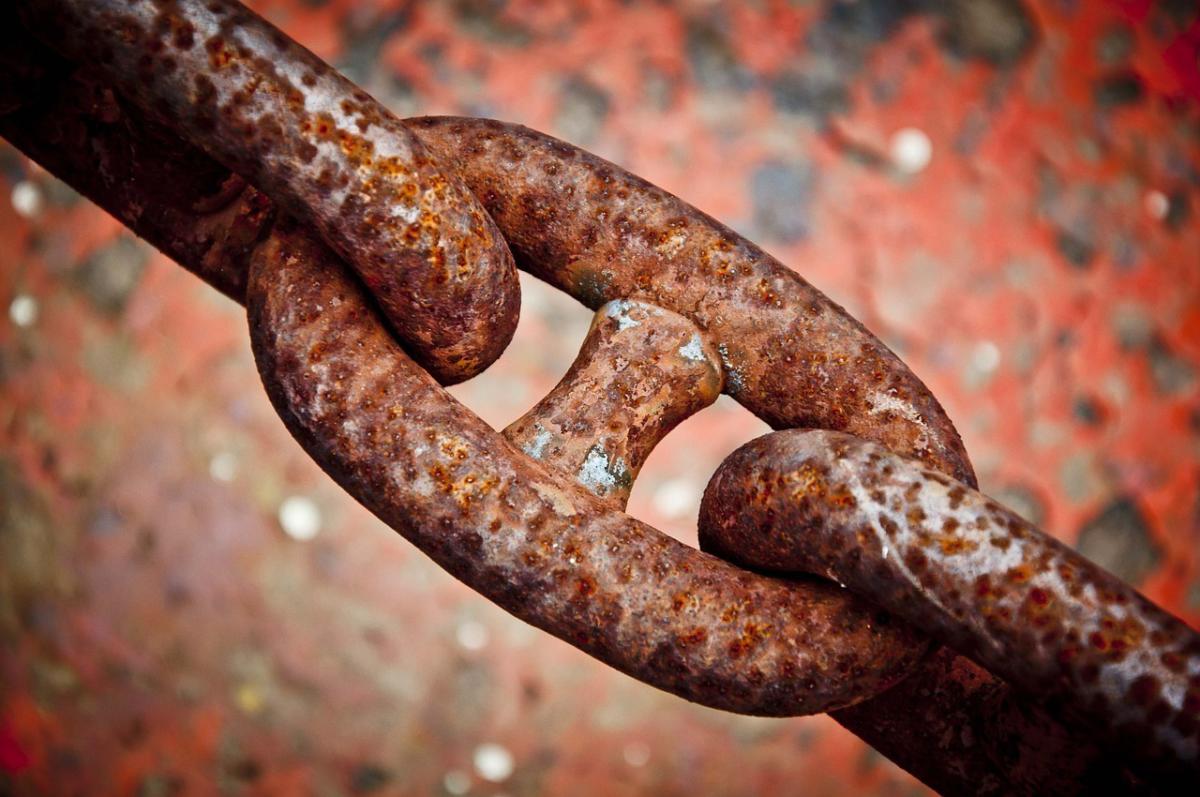CBSE Class 8 Science Chapter 4 Revision Notes
Chapter 4: Materials: Metals And Non-Metals Revision Notes
Everything in our environment is classified as metals or non-metals with distinct properties. Metals are robust and long-lasting. As a result, metals are used in practically every industry.
-
Metal examples: Iron, aluminium, copper, calcium, magnesium
-
Non-metal examples: Coal, sulphur, wood, plastic, oxygen, phosphorous
PHYSICAL CHARACTERISTICS OF METALS AND NON-METALS
(i) Malleable:
- Metals can be moulded into thin, flat sheets with ease. The term for this property of metals is malleability.
- Non-metals are non-malleable.
(ii) Thermal conductors:
- Metals are excellent heat conductors.
- Cooking utensils, irons, heaters, and other similar items are all made of metals that are good heat conductors.
- But the handles of these items are made of non-metals that do not conduct heat (poor conductors).
(iii) Ductility:
- Metals are simple to form into wires. The term for this feature of metals is ductility. Copper and aluminium wires are good conductors of electricity.
- Non-metals are non-ductile and do not conduct electricity.
(iv) Sonorous:
- When metals are struck with hard items, they generate a sonorous ringing sound.
- Non-metals aren’t particularly sonorous. When they are hit, they make no sound.
(v) Some metals are hard and can be polished to a gleaming finish.
(vi) Except for ductile carbon fibres, non-metals are non-lustrous.
CHEMICAL PROPERTIES OF METALS AND NON-METALS
(i) Reaction with oxygen:
- Metal oxides are basic in nature and are formed when metals react with oxygen (rust).
- Non-metallic oxides, which are acidic in nature, are formed when non-metals react with oxygen.
(ii) Reaction with water:
- Metal hydroxides and hydrogen gas are produced when some metals react with water.
- Non-metals, in general, do not react with water.
(iii) Reactions with acids:
- When metals react with acids, hydrogen gas is formed.
- Non-metals, on the whole, do not react with acids.
(iv) Reactions with bases:
- Some metals create hydrogen gas when they react with bases.
- In aqueous solutions, more reactive metals displace less reactive metals from their compounds (displacement reactions).
USES OF METALS AND NON-METALS
Metals and non-metals are commonly used in daily life.
- Metals, for example, are used in the manufacture of machinery, automobiles, aeroplanes, buildings, railroads, satellites, gadgets, cooking utensils, and water boilers, among other things.
- Non-metals are used in fertilizers, water purification processes, antiseptics, crackers, etc.
Source: Class 8 Science book Chapter 4. Materials Metals & Non-Metals (ncerthelp.com)
]]>

